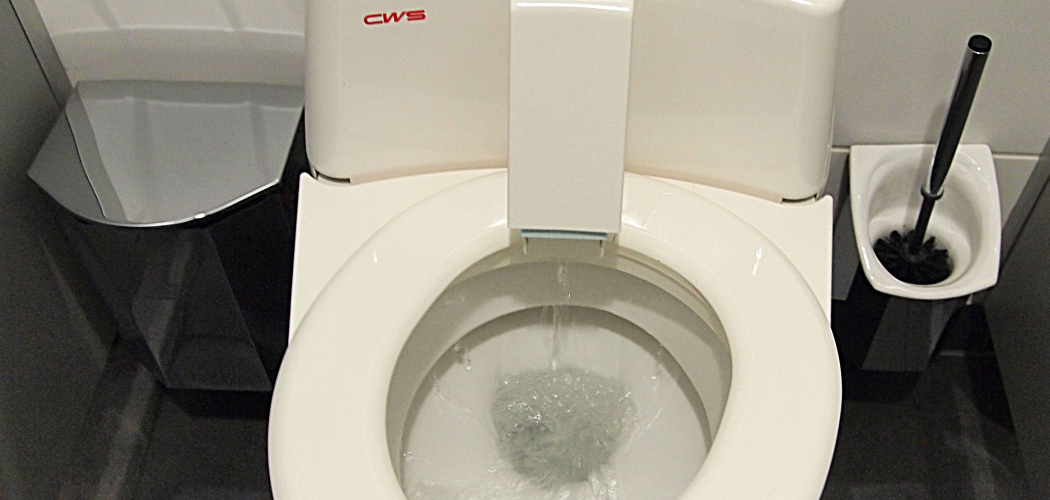We’ve all experienced the frustration of an automatic toilet refusing to flush, leaving us helpless and unsure of what to do. Whether it’s due to a sensor malfunction or a power outage, sometimes these high-tech conveniences can turn into an inconvenience.
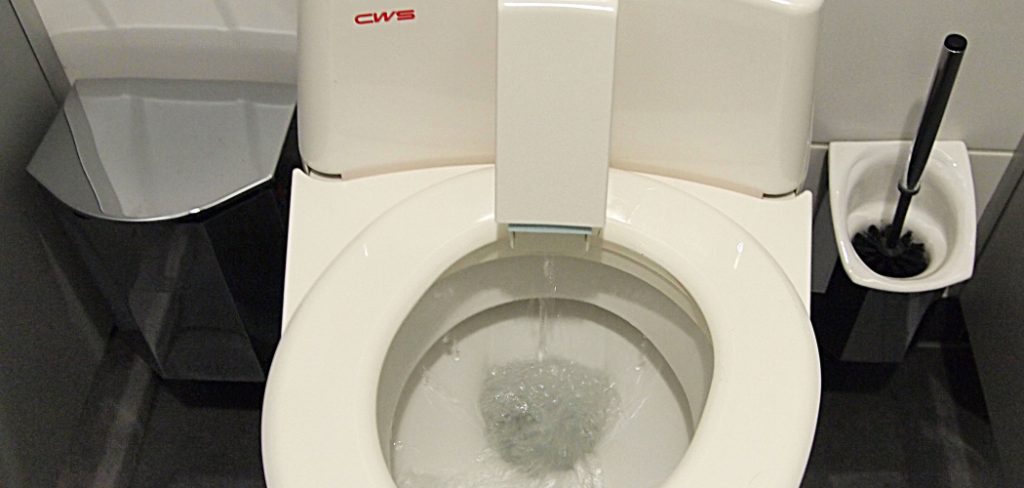
Fortunately, you can use a few tricks to manually flush an automatic toilet. In this blog post, we’ll explore the most effective methods on how to manually flush automatic toilet and avoid an embarrassing mishap.
Can You Manually Flush the Automatic Toilet?
Automatic toilets have become more common in public restrooms due to their convenience and hygienic benefits. However, have you ever found yourself wondering if you can manually flush the automatic toilet? The answer is yes! Many automatic toilets also have a manual flush option, which can be activated by a button or lever on the toilet’s side or top.
While the automatic feature is designed to detect when a person has left the stall, manually flushing the toilet can assist in conserving water and ensuring that the toilet is clean for the next person. So, don’t be afraid to try the manual flush option the next time you encounter an automatic toilet!
Why Should You Manually Flush the Automatic Toilet?
Automatic toilets have been a convenient innovation in modern-day restrooms. However, many people still believe in flushing the toilet manually, even if it’s automatic. The primary reason for this is hygiene. When an automatic toilet flushes, it sprays water and droplets of contaminated water into the air around it.
It disperses germs and bacteria, which can settle on surfaces and get inhaled by others. You can avoid this germ-spreading process by flushing manually and maintaining better bathroom hygiene. Also, manually flushing gives you more control over the amount of water being used, which can lead to water conservation and cost savings in the long run.
So, the next time you use an automatic toilet, consider flushing manually for your health and the health of those around you.
7 Methods to Follow on How to Manually Flush Automatic Toilet
Method 1: Utilize the Flush Valve Button
The flush valve button is typically located on the side of the toilet. You can push a small, round button to initiate a manual flush. To use it, simply press the button firmly and hold it down until the toilet bowl has completely emptied. Keep in mind that some models may require more force to activate the button. If this method doesn’t work, move on to the next one.
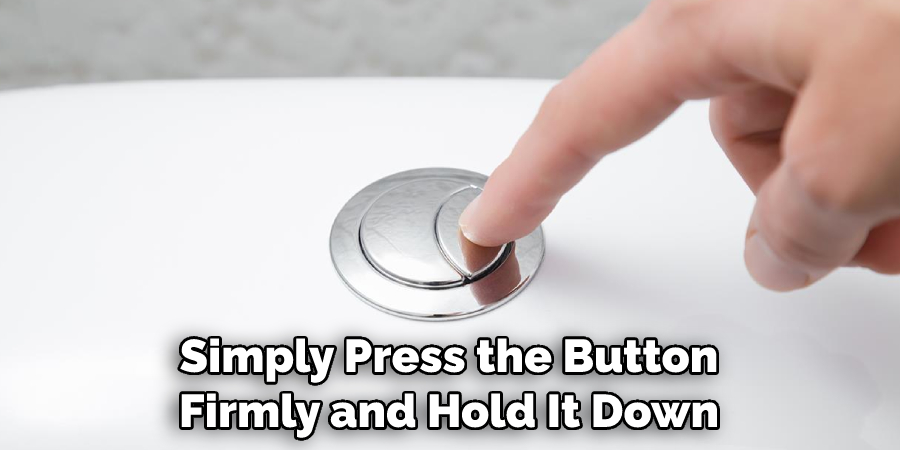
Method 2: Trigger the Flush Sensor
The flush sensor is the component that detects when somebody is using the toilet. If the sensor isn’t working properly, you can manually trigger it by waving your hand or a piece of paper in front of it. This should activate the flush mechanism and start the flushing process.
If you can’t see the sensor, try looking for a small black dot or a rectangular panel somewhere on the toilet. In some models, the sensor is located on the underside of the toilet seat.
Method 3: Disconnect the Battery
If the toilet still won’t flush despite your best efforts, it’s possible that the issue lies with the power source. In most automatic toilets, the power comes from a battery that’s housed either in the tank or under the seat. By disconnecting the battery and then reconnecting it after a few seconds, you may be able to reset the toilet and get it to work properly again.
To do this, locate the battery compartment and detach the wires from the terminals. Wait for 10-15 seconds before reattaching the wires and turning the power back on.
Method 4: Check the Water Level in the Tank
Your toilet won’t flush properly if the water level is too low. To check, open the lid of the tank and inspect the water level. It should be about halfway up or higher for optimal performance. If it’s too low, adjust it accordingly by adding more water to the tank.
Method 5: Check the Water Supply Valve
Sometimes, an issue with the water supply valve can cause the toilet not to flush properly. To inspect it, turn off the main water supply and disconnect the hose from the valve. Then, check for any obstructions or blockages that are preventing water from flowing freely through the pipe. If everything looks okay, reattach the hose and turn the water supply back on.
Method 6: Check for Clogs
Clogged pipes or drains can cause problems with flushing. To check, use a plunger or auger to dislodge any blockages that are preventing water from flowing through the pipe. Once you’ve cleared away the clog, you should be able to flush the toilet normally.
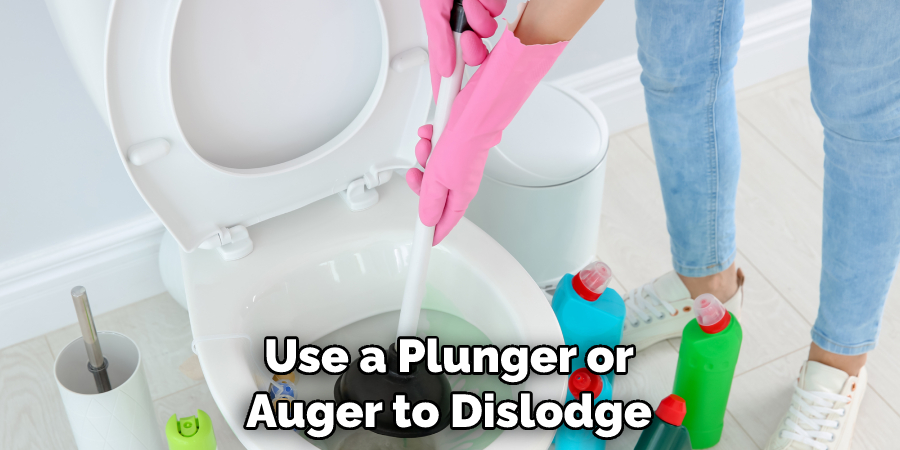
Method 7: Contact a Professional
If none of these methods work, it may be time to contact a professional plumber. They will be able to identify and fix any issues that are preventing your toilet from working properly. Keep in mind that some repairs may require parts or tools that the average person doesn’t have access to. If this is the case, it’s best to leave it up to a professional.
That’s it! You’ve now learned seven methods on how to manually flush automatic toilet. If your toilet still won’t flush after following these steps, it’s time to call in the experts! Remember, leaving a plumbing issue unchecked can lead to costly repairs down the line, so don’t hesitate to get help if you need it.
5 Considerations Things When You Need to Flush Automatic Toilet Manually
1. Location of the Flush Button
The first thing you need to consider when flushing an automatic toilet manually is the location of the flush button. The button is usually located on the top of the tank, but it can also be located on the side or front of the tank. If you cannot find the button, consult the toilet’s manual.
2. Type of Flush Button
The next thing you need to consider is the type of flush button. There are two types of buttons: push buttons and lever-type buttons. Push buttons are typically easy to use, while lever-type buttons may require a little more force.
3. Amount of Water in the Tank
Another thing to consider is the amount of water in the tank. If the tank is full, it will take longer to flush than if it is only half full. Therefore, you may want to empty some of the water from the tank before flushing.
4. Strength of the Flush
Once you have located and identified the type of flush button, you need to determine how strong of a flush you need. If you only need a weak flush, you can simply press the button or lever lightly. However, if you need a strong flush, you will need to press the button or lever with more force.
5. Duration of the Flush
Finally, you need to consider how long you want the flush to last. Most automatic toilets have a timed flush, meaning they will automatically stop flushing after a certain amount of time. However, if you want to control the duration of the flush manually, you can do so by holding down the button or lever for as long as necessary.
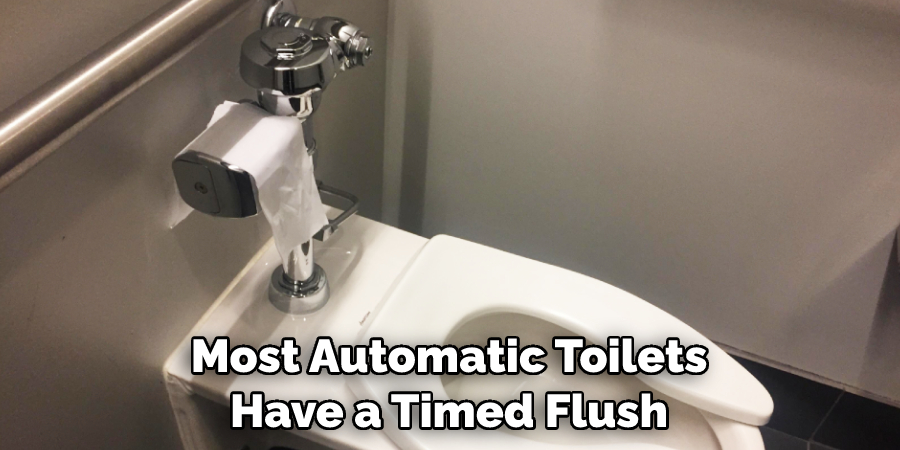
Benefits of Manually Flush Automatic Toilet
If you’ve ever used an automatic toilet, you’ve probably experienced the frustrating situation of it flushing unexpectedly mid-use. Not only can this be startling, but it can also waste water and increase your water bill. This is why many people are turning to manually flushing automatic toilets as a way to save water and avoid awkward mid-use flush.
By manually controlling when the toilet flushes, you can ensure you only use the necessary amount of water to get the job done, saving you money and helping the environment. Additionally, manually flushing your toilet can give you a sense of control that is lacking in automatic toilets, making your bathroom experience much more comfortable and enjoyable overall.
Some Common Mistakes People Make When Trying to Flush Automatic Toilet Manually
Automatic toilets are supposed to make things easier, but it seems like they just cause more confusion for some people. One of the biggest mistakes people make when trying to flush an automatic toilet manually is pressing too hard or tapping it too many times. The motion sensors are incredibly sensitive, so a feather-light touch is all it takes.
Another mistake is standing too close to the toilet. The sensor is typically located behind the toilet bowl, so backing up a bit can make all the difference. Patience is key when using an automatic toilet, and ensuring you’re using it properly can save you from a lot of embarrassment and frustration.
Are There Any Risks Associated with Manually Flushing an Automatic Toilet?
It’s a commonly asked question: are there any risks associated with manually flushing an automatic toilet? The short answer is yes, there are potential risks. For starters, you run the risk of transmitting germs and bacteria to your hands when you touch the toilet handle or button.
Additionally, manually flushing the toilet could cause water to overflow or even damage the plumbing if the toilet is malfunctioning. Furthermore, if the toilet uses a disinfectant or cleaning agent, manually flushing it could cause these chemicals to splash back onto your skin or clothing.
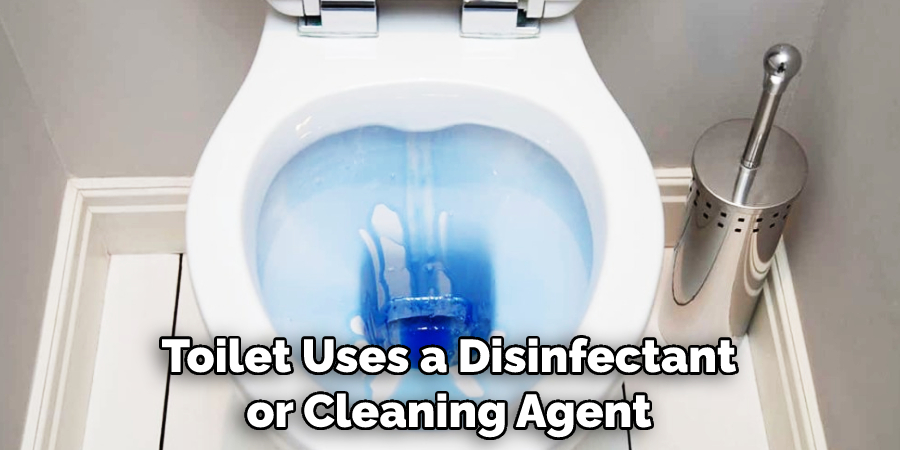
While the risks may be small, it’s important to be aware of these potential hazards and take necessary precautions to protect your health and home.
Conclusion
Automatic toilets may be convenient, but they aren’t infallible. When the automated flush system fails, these tips can help you get the toilet back in working order without having to call a plumber. Whether you need to use the flush valve button, trigger the flush sensor, disconnect the battery, or use the manual override, you now have the tools to take back control.
So, the next time your automatic toilet refuses to flush, don’t panic. With a bit of patience and these handy tips, you’ll easily handle the situation. Thanks for reading our post about how to manually flush automatic toilet.

